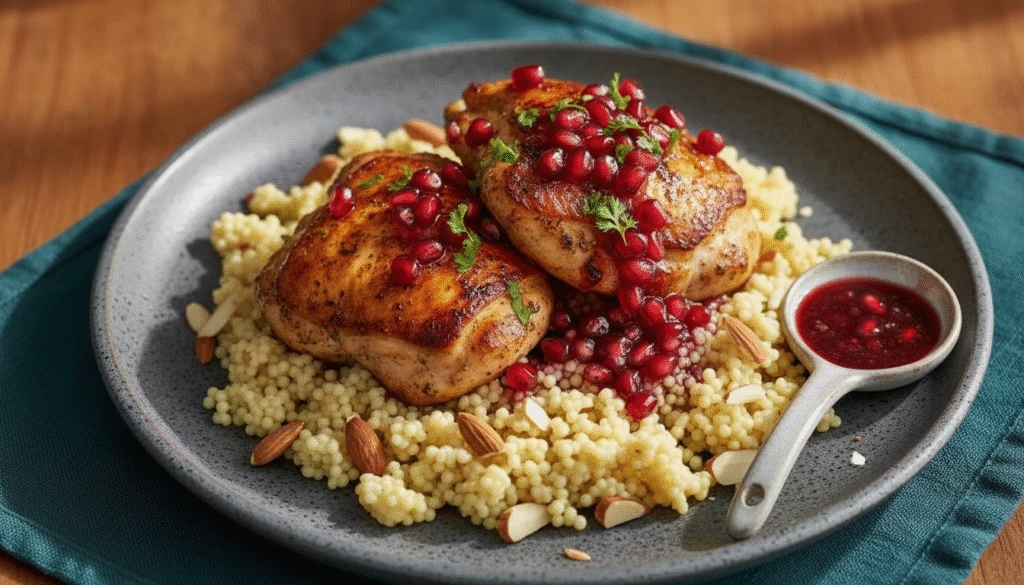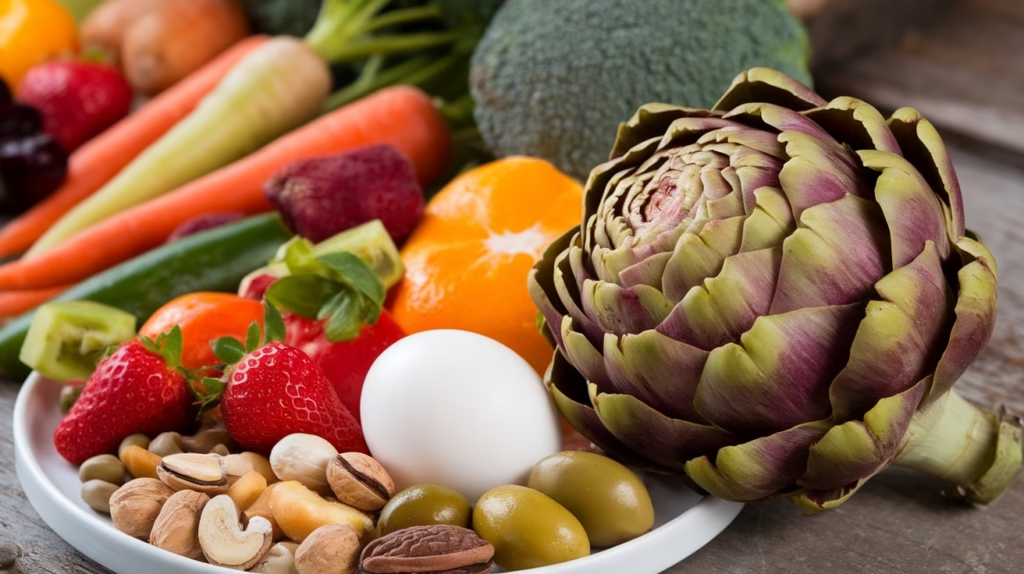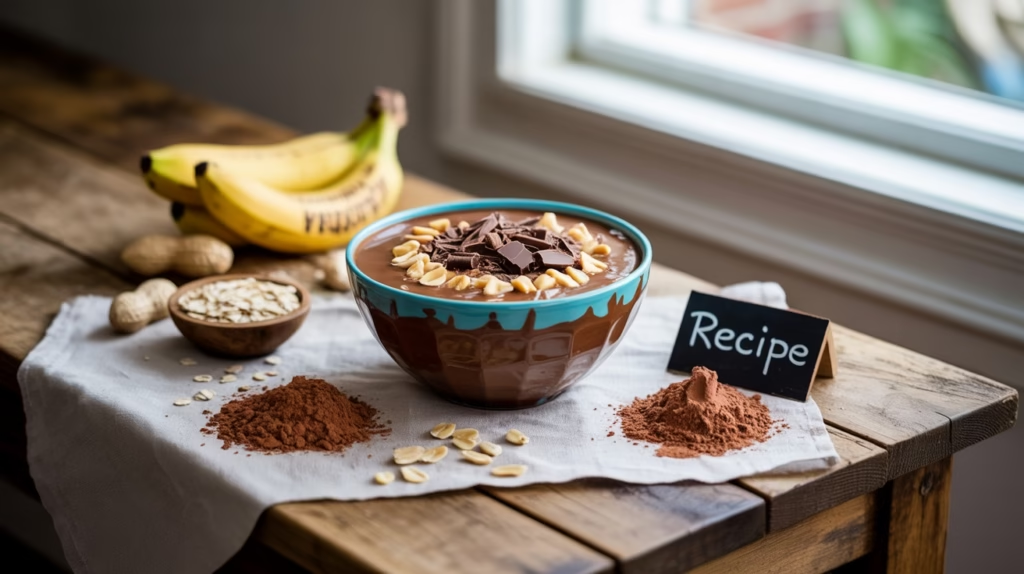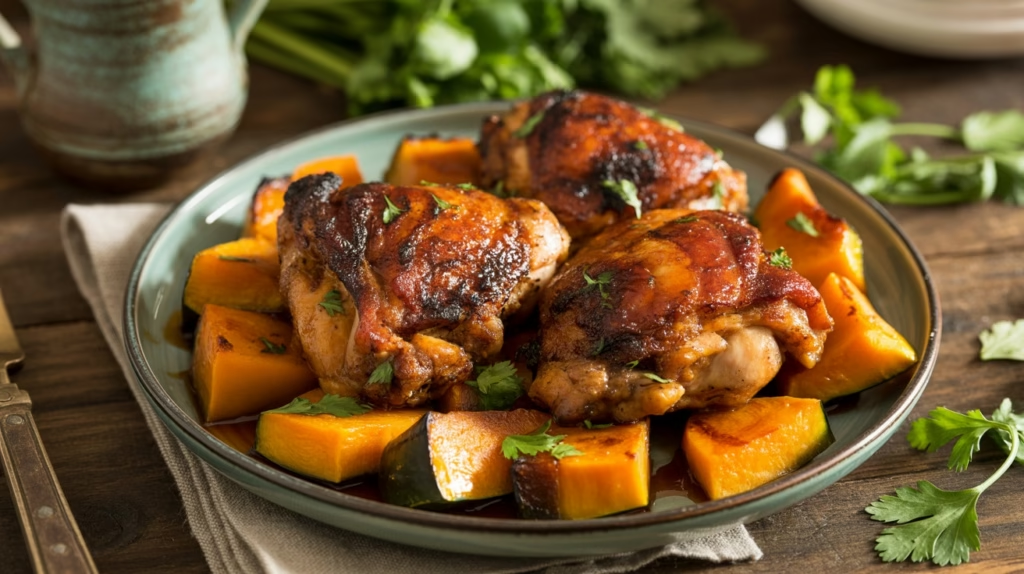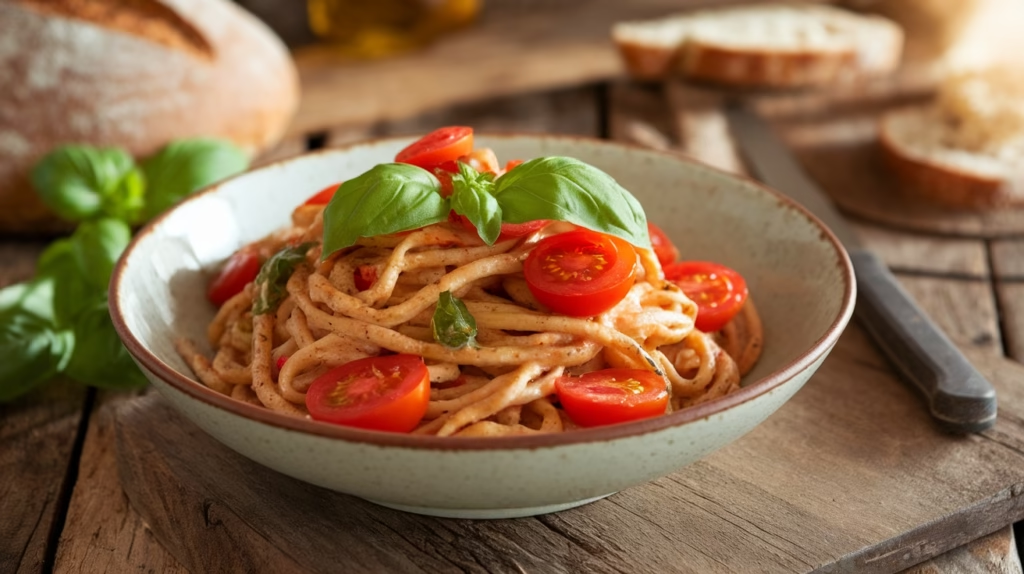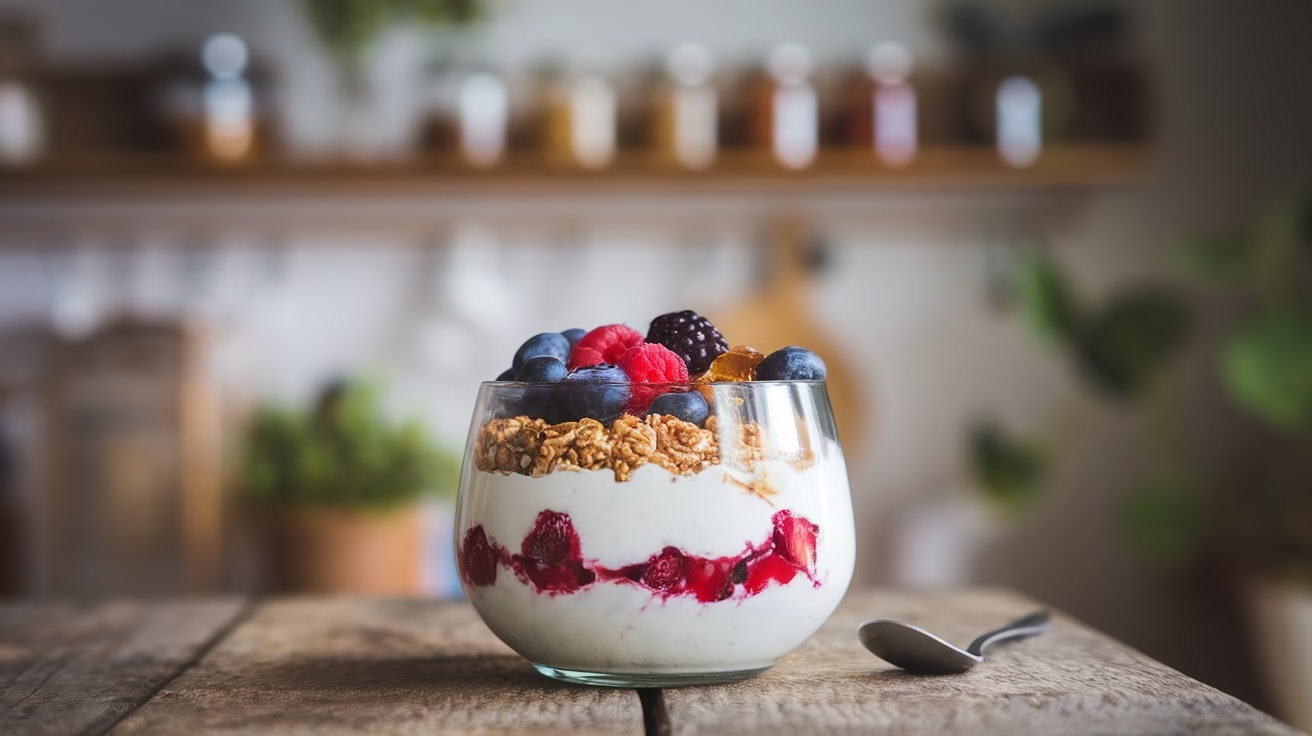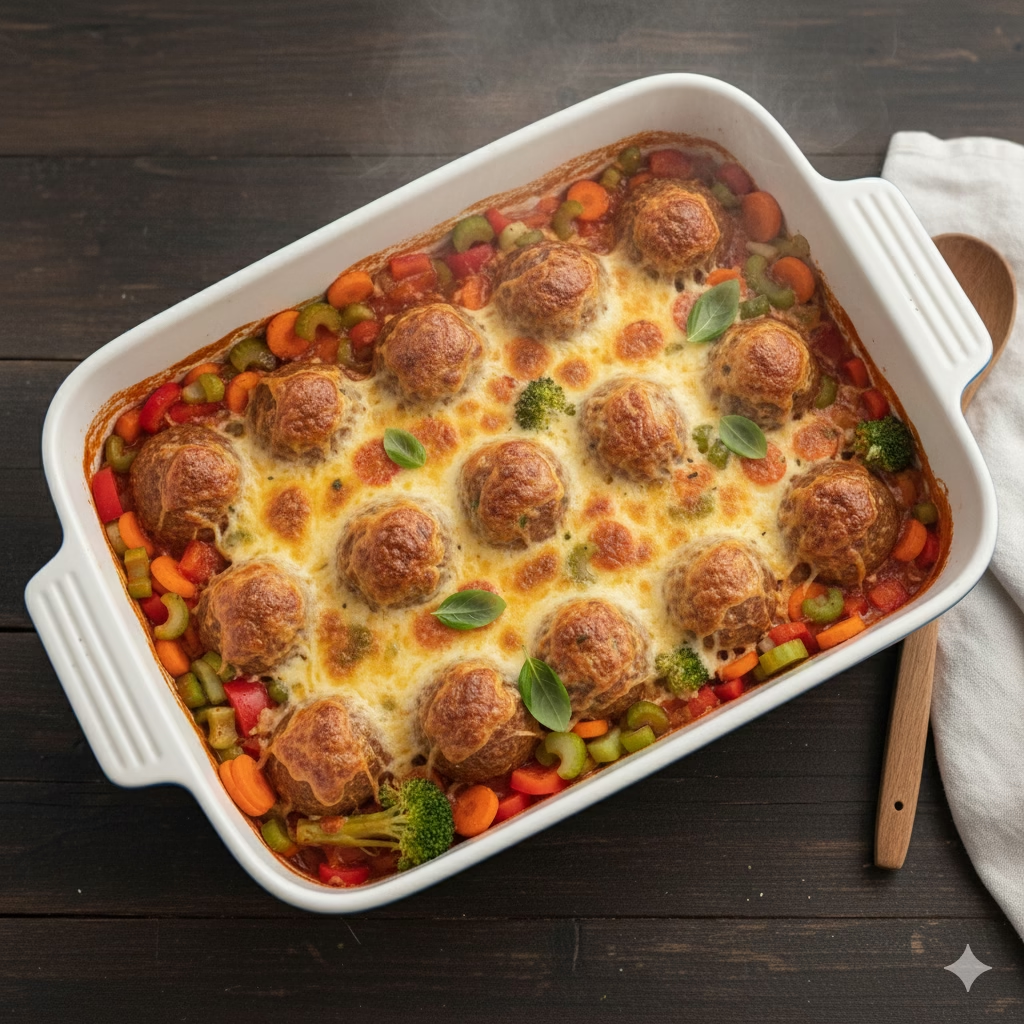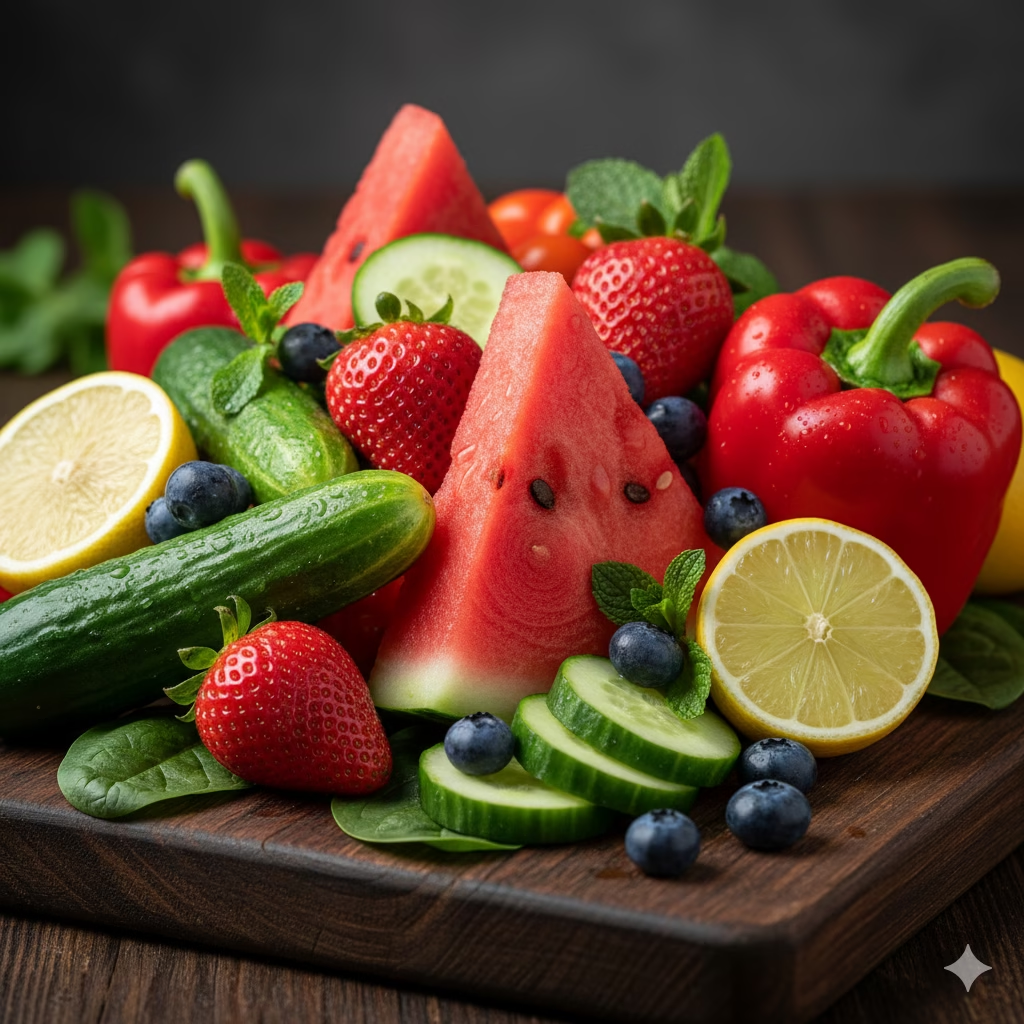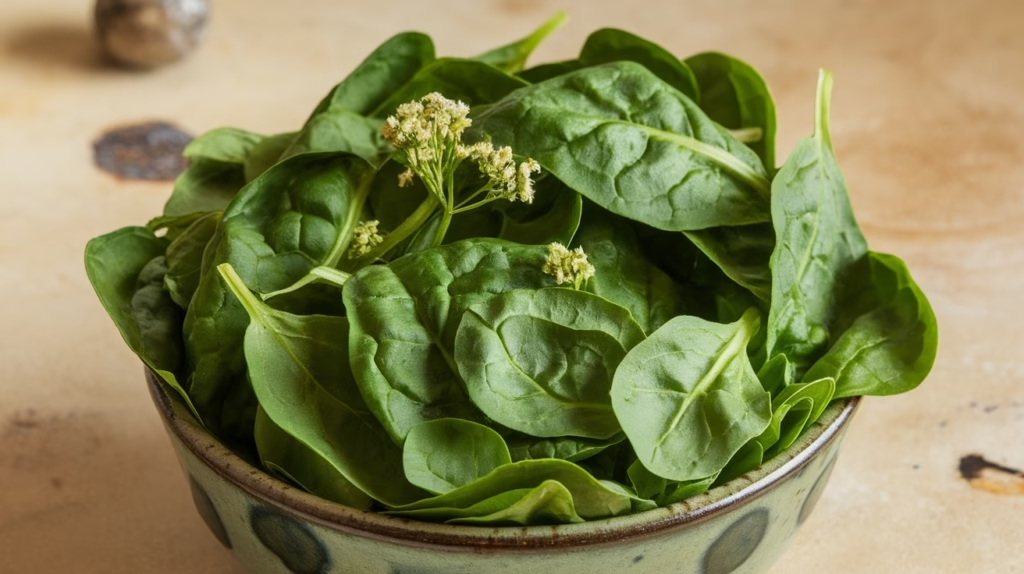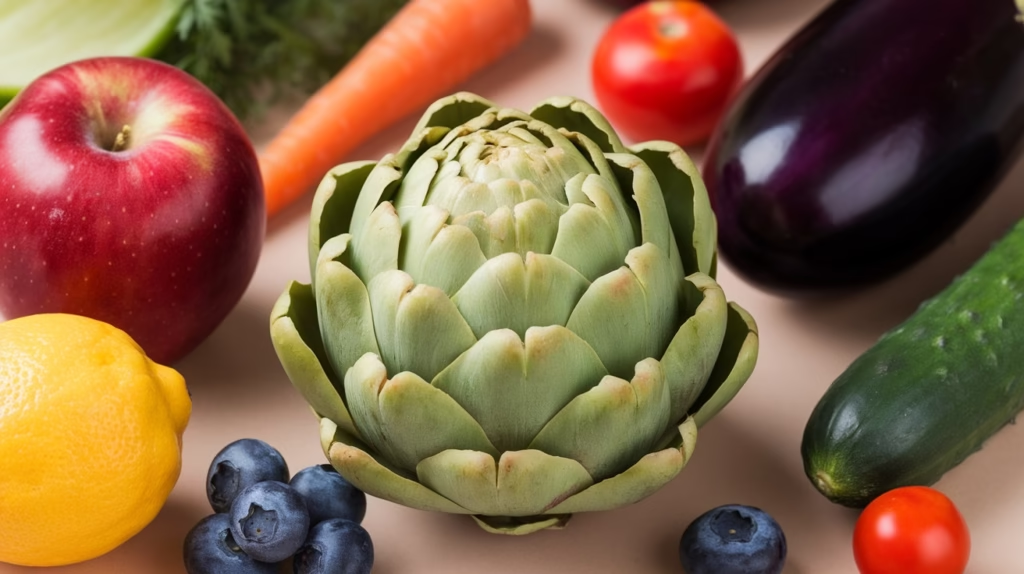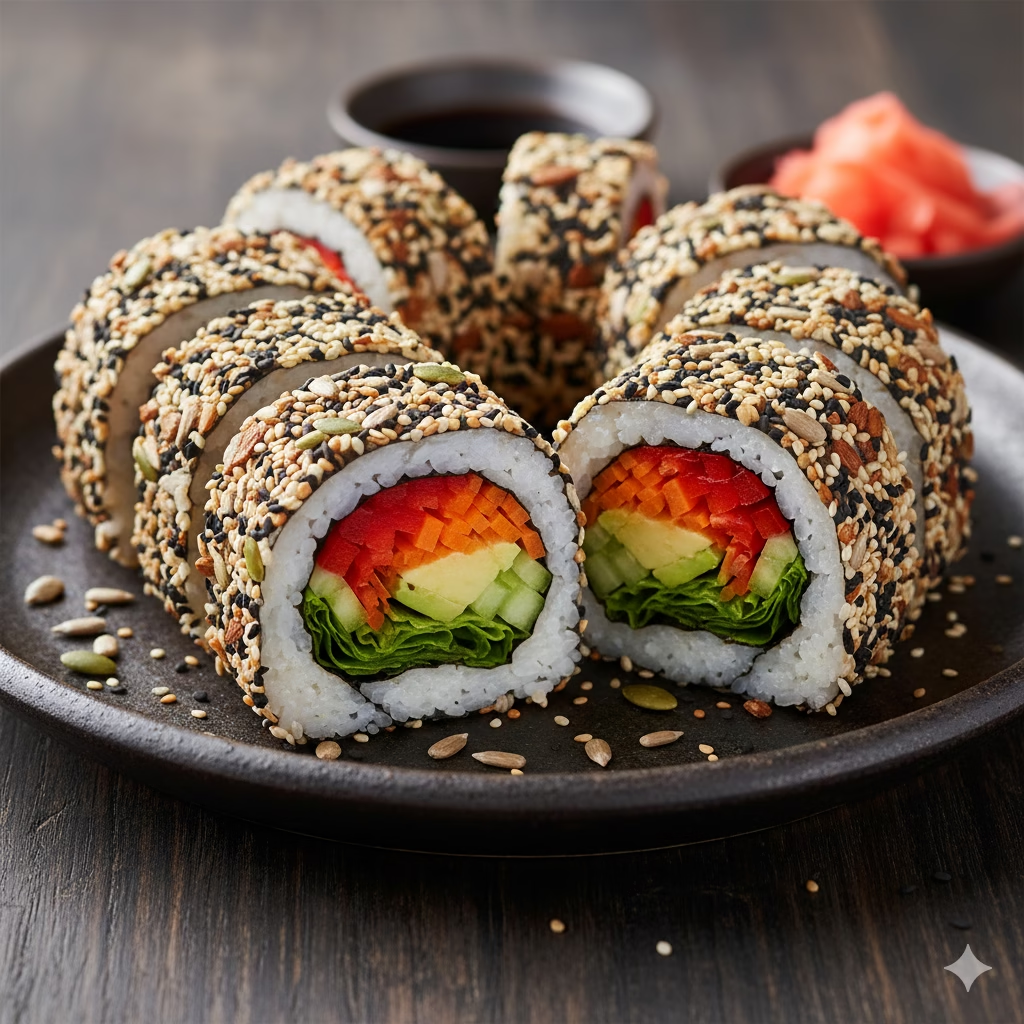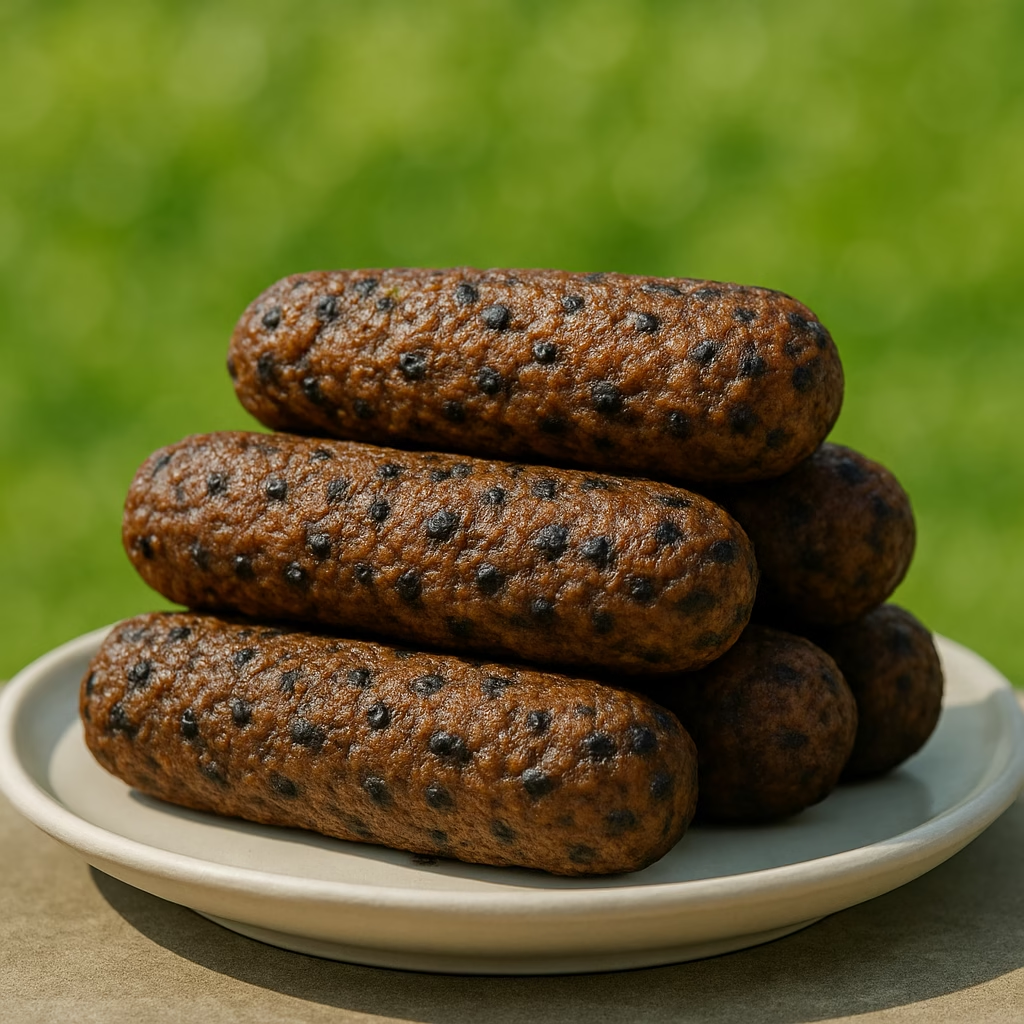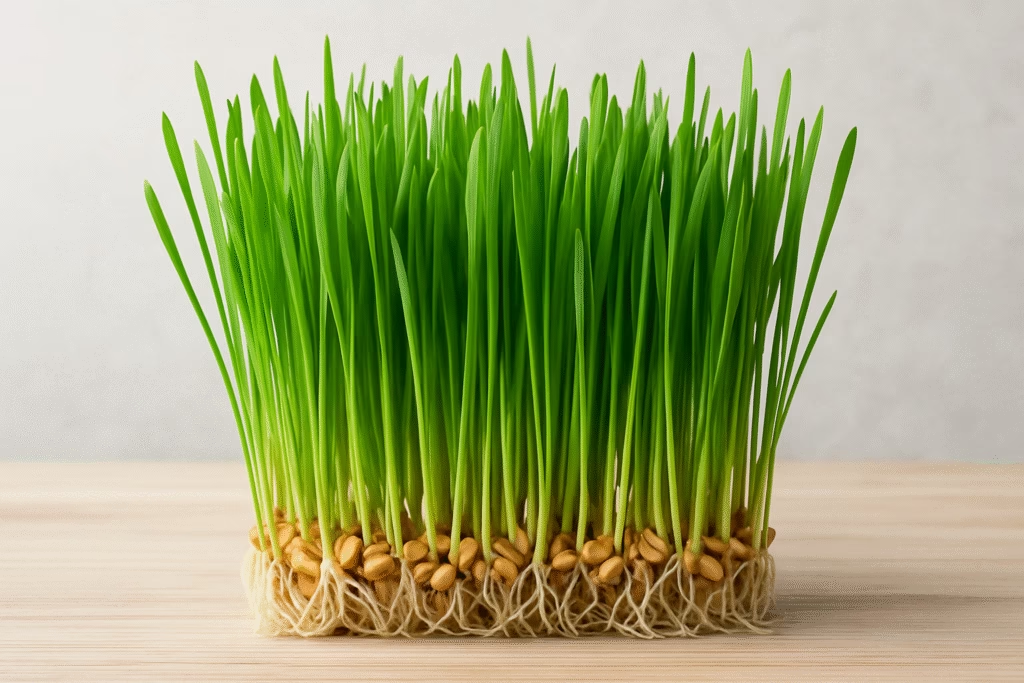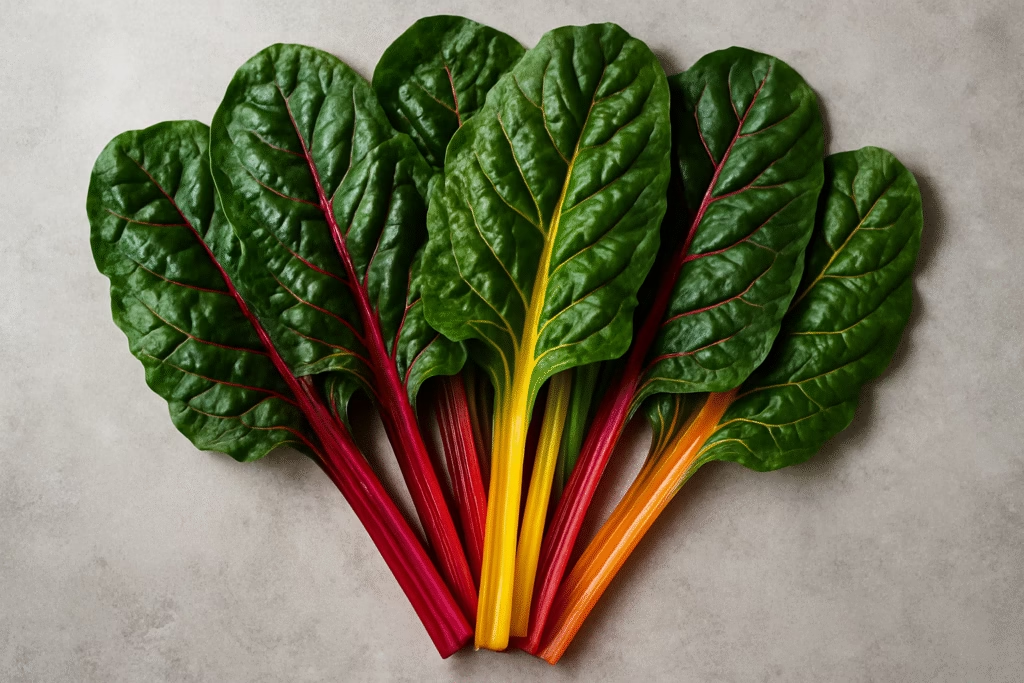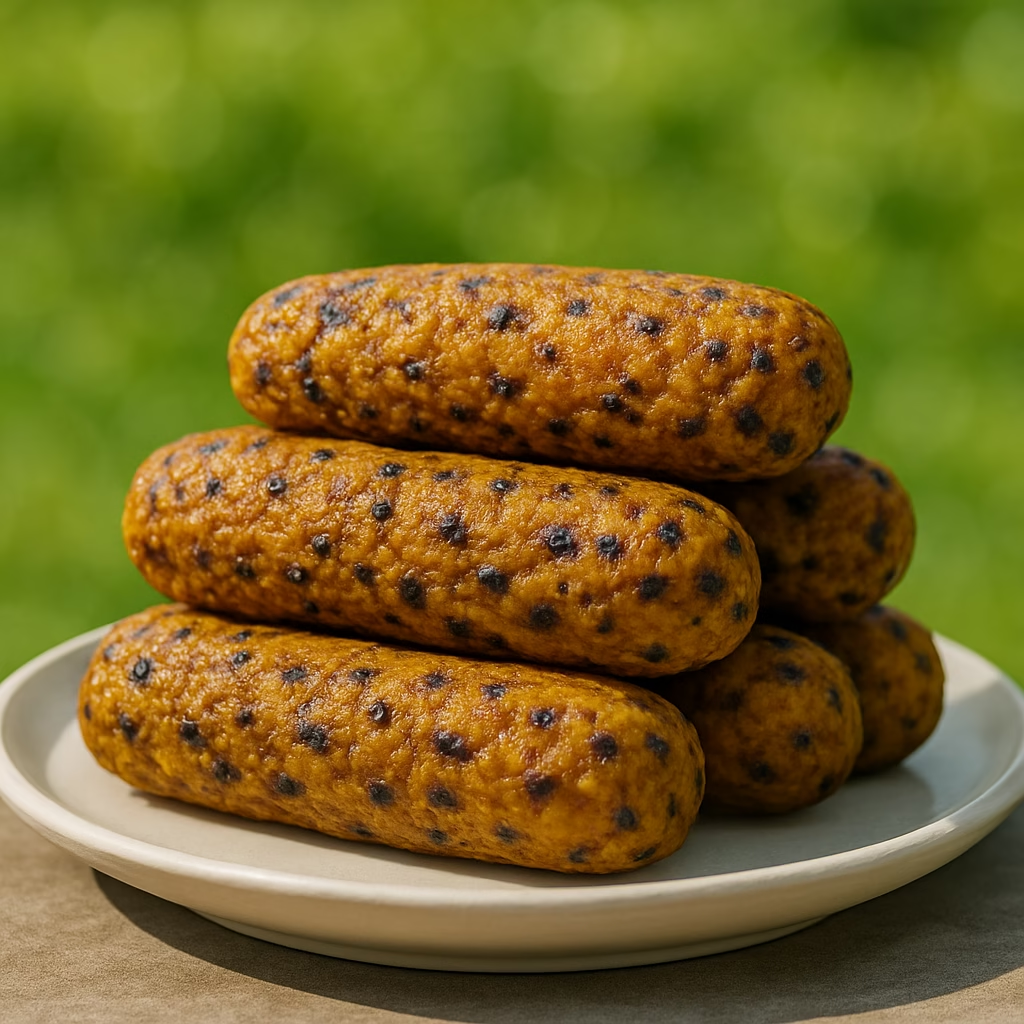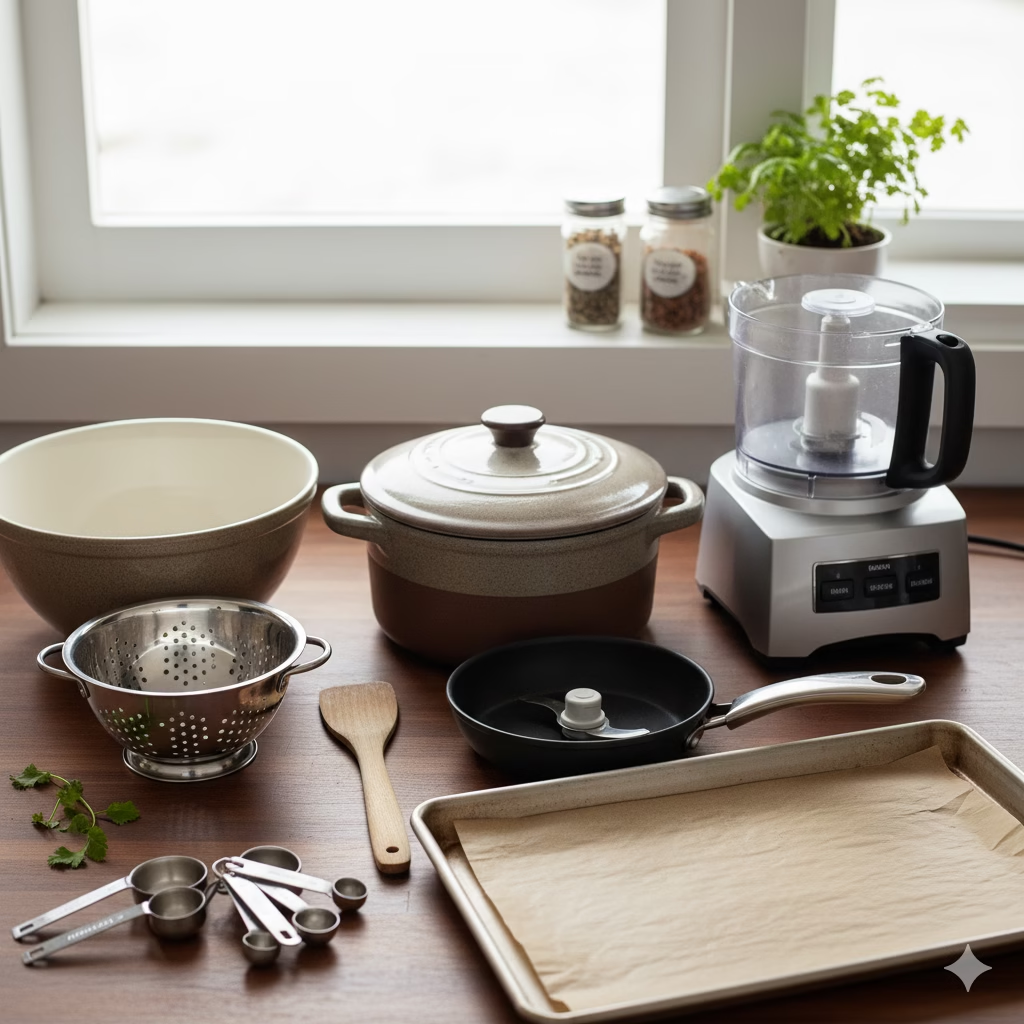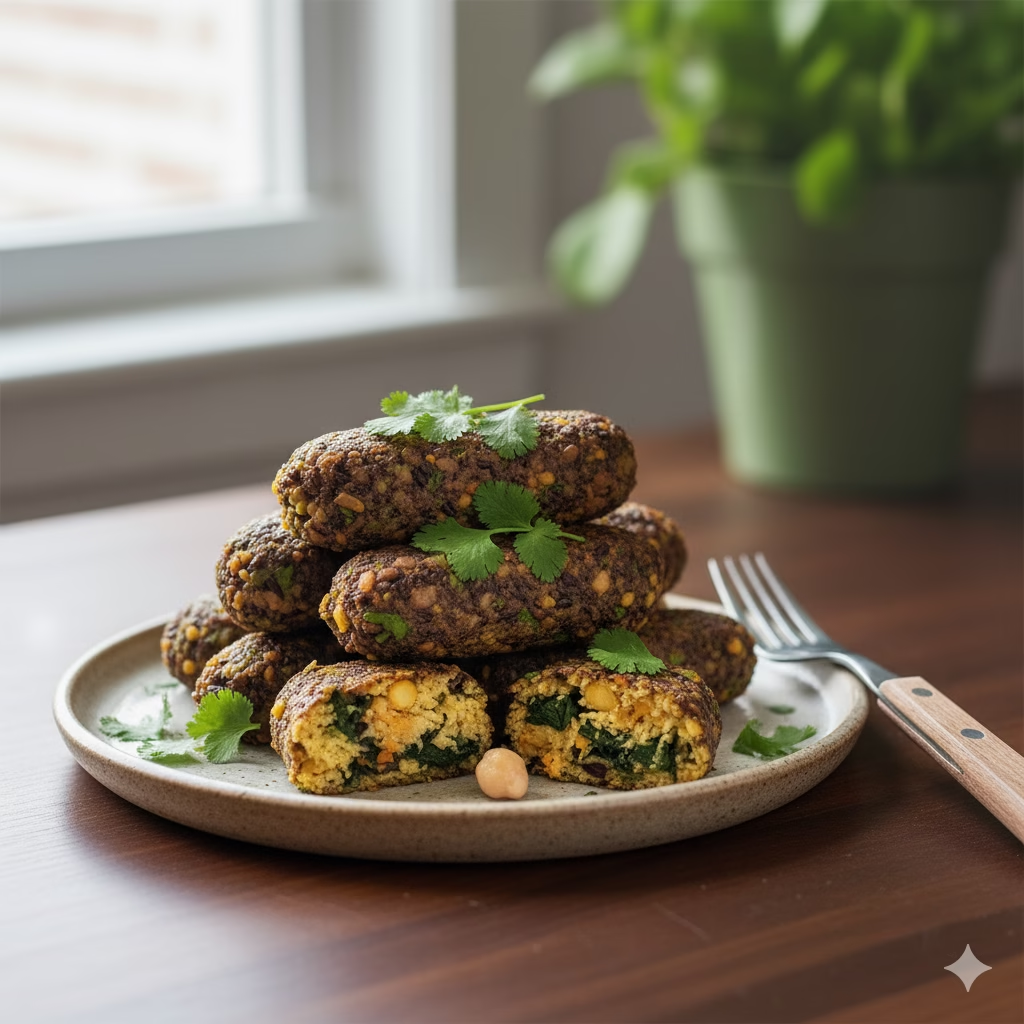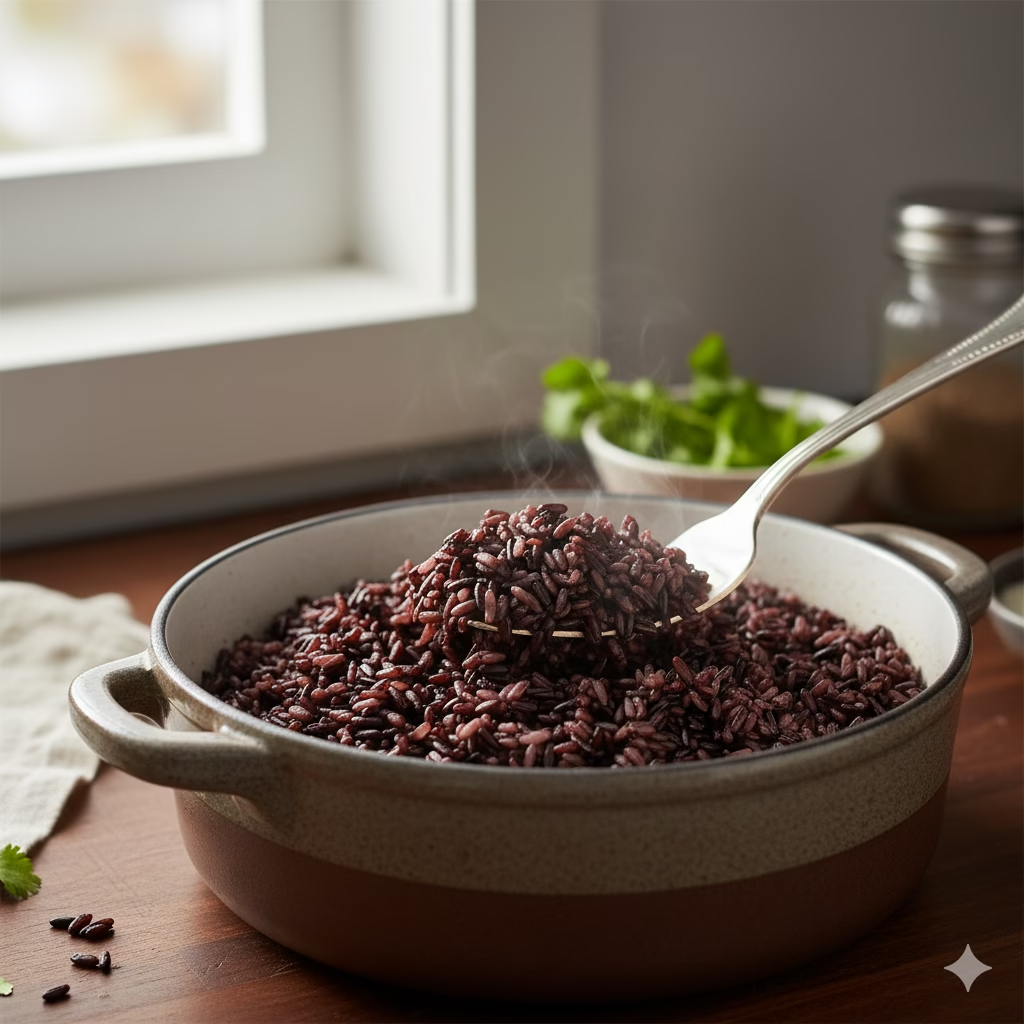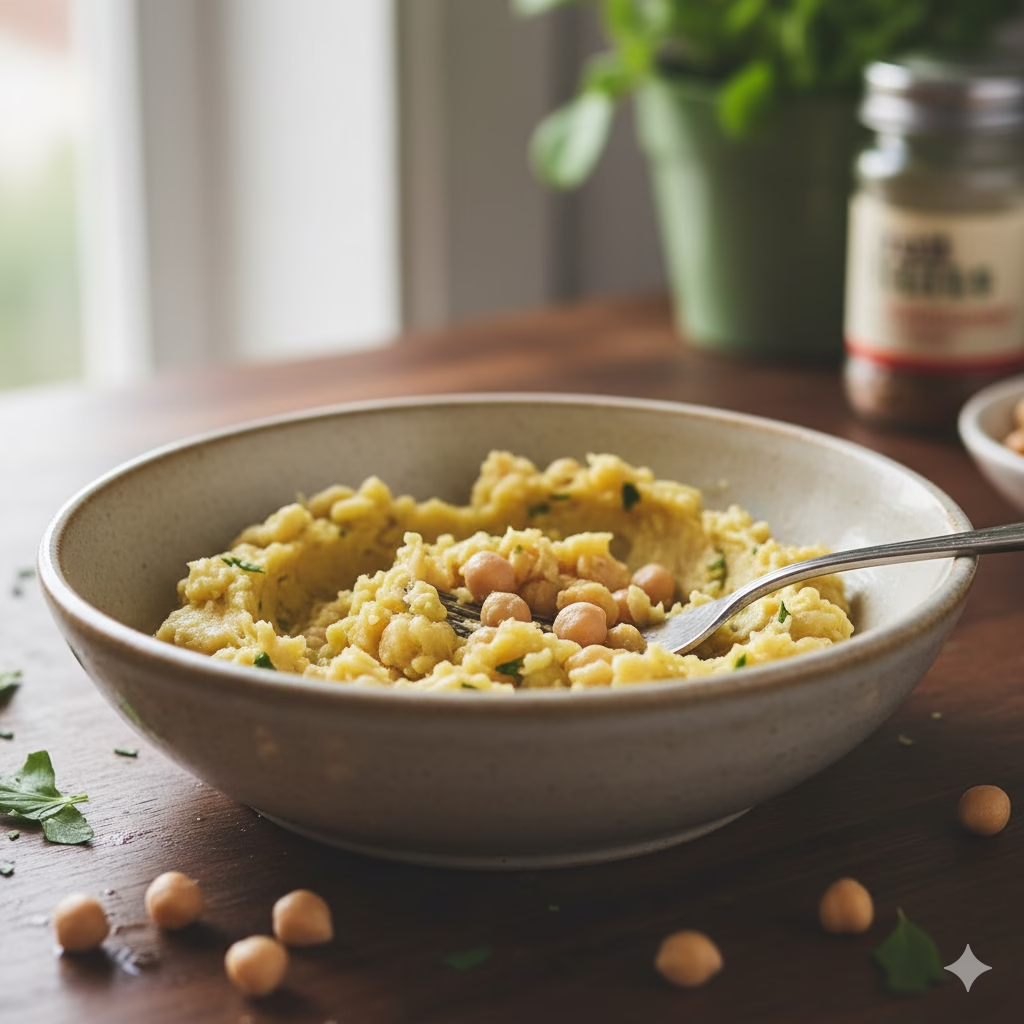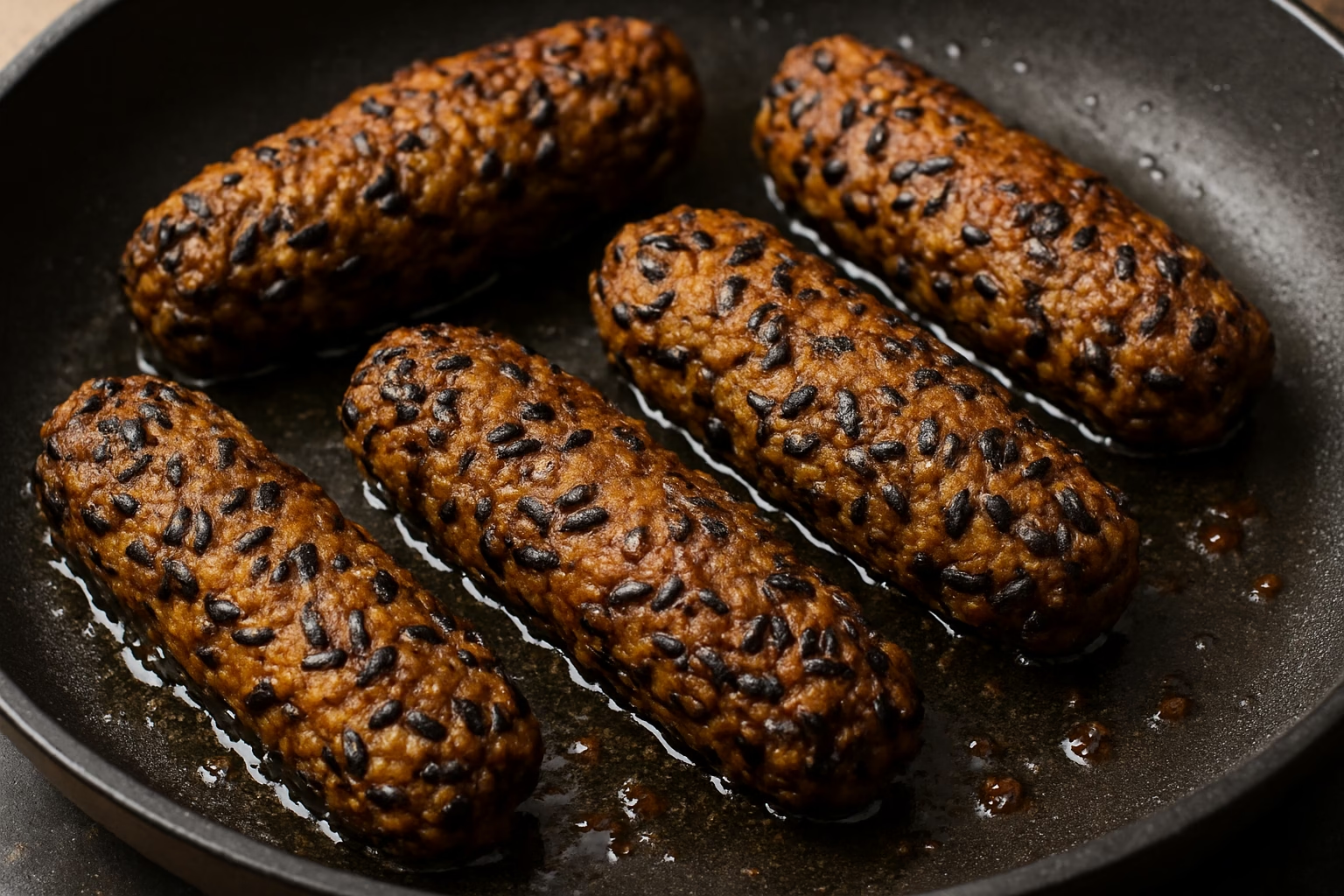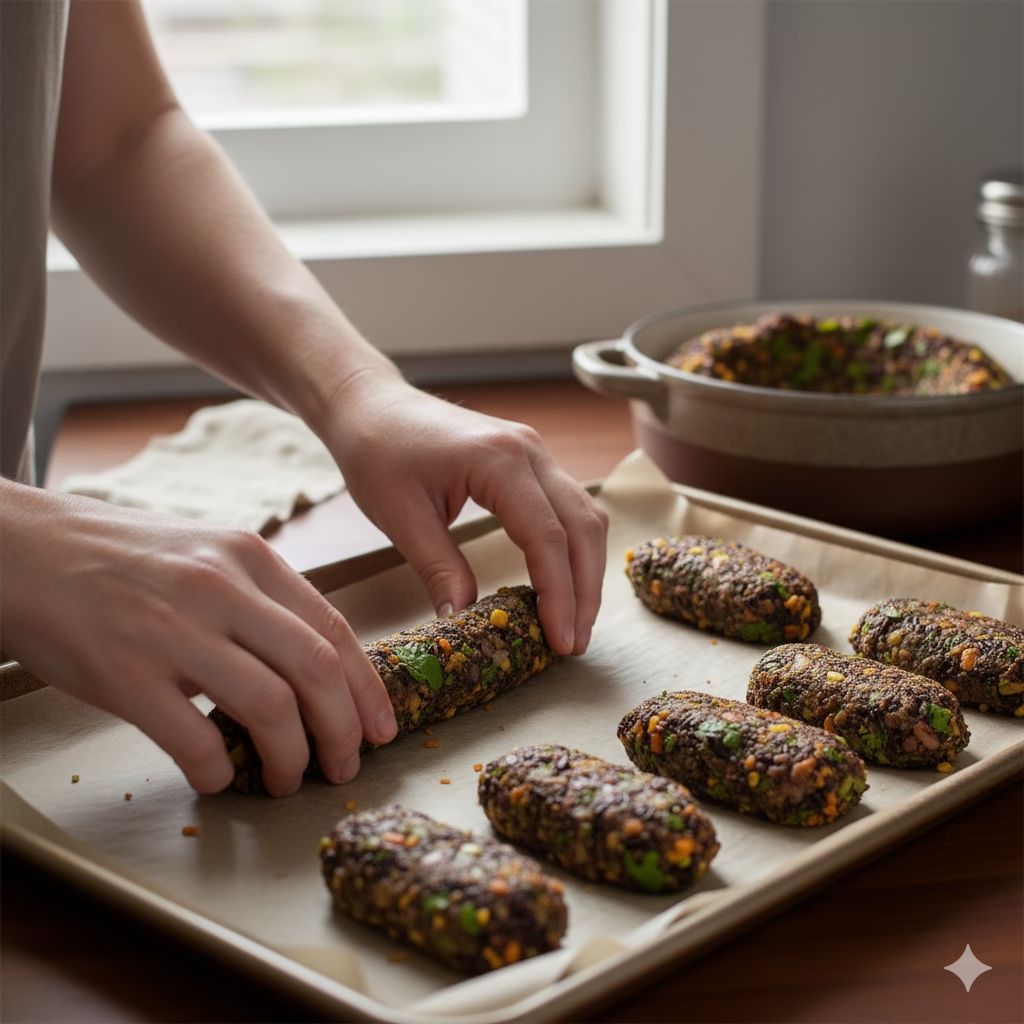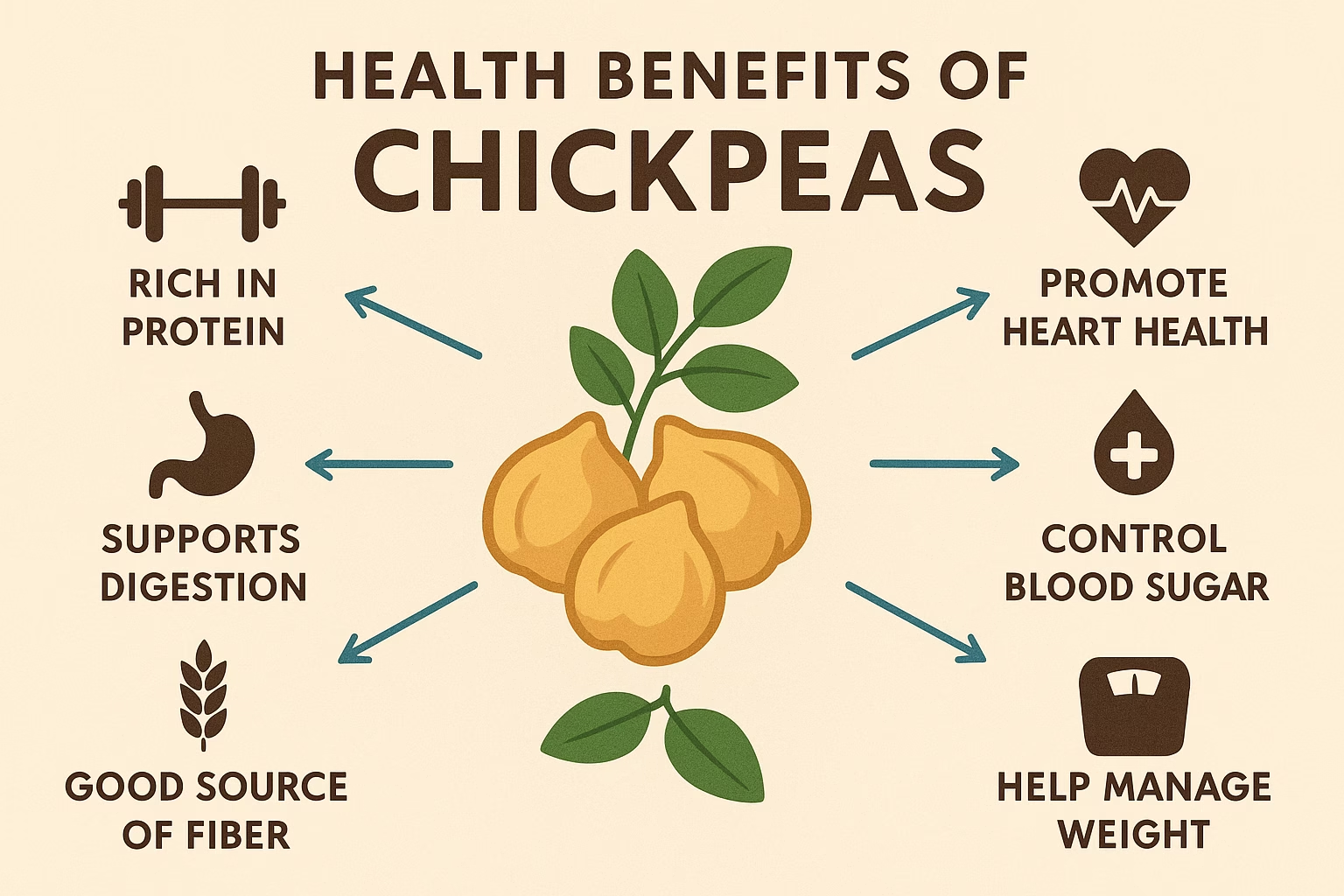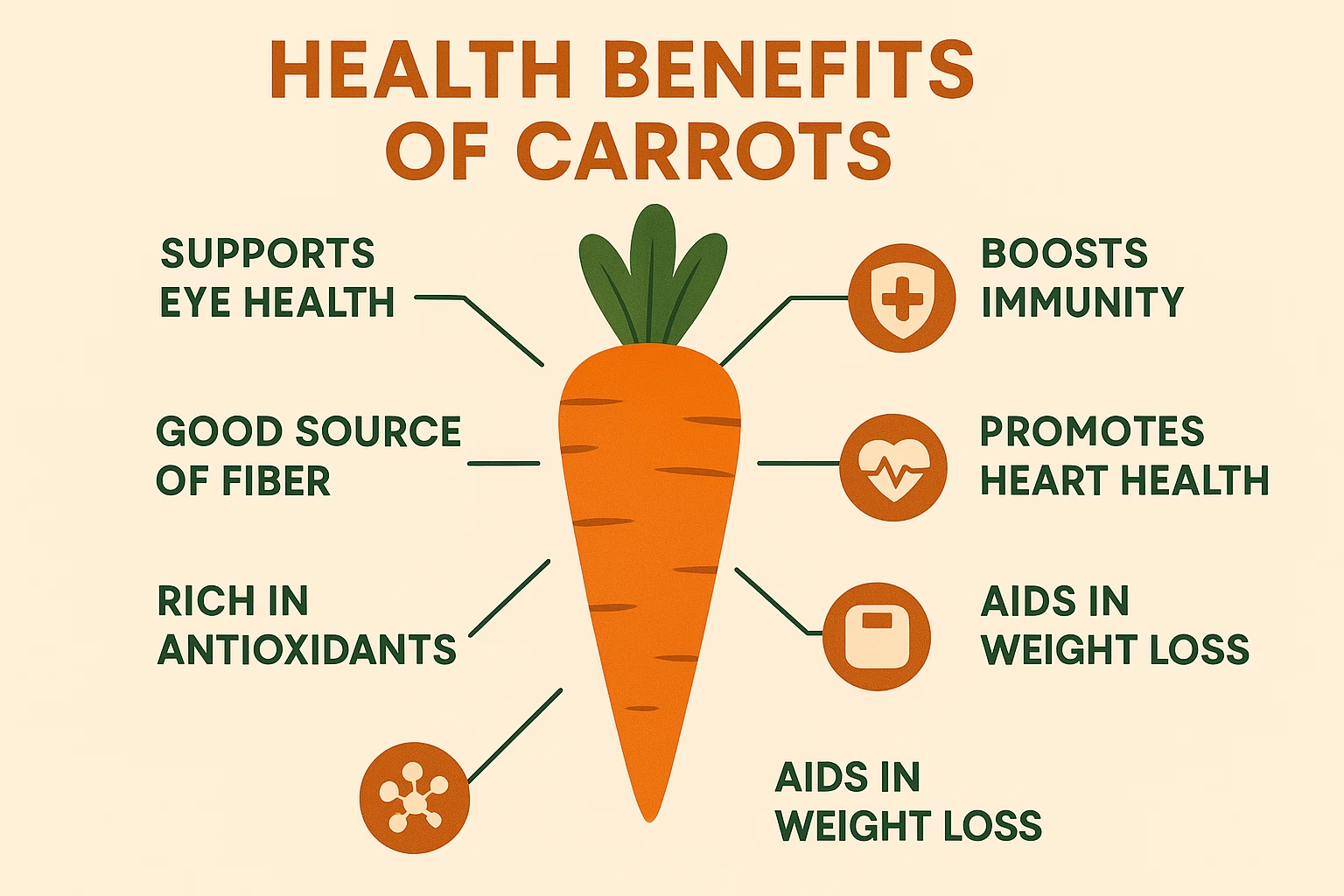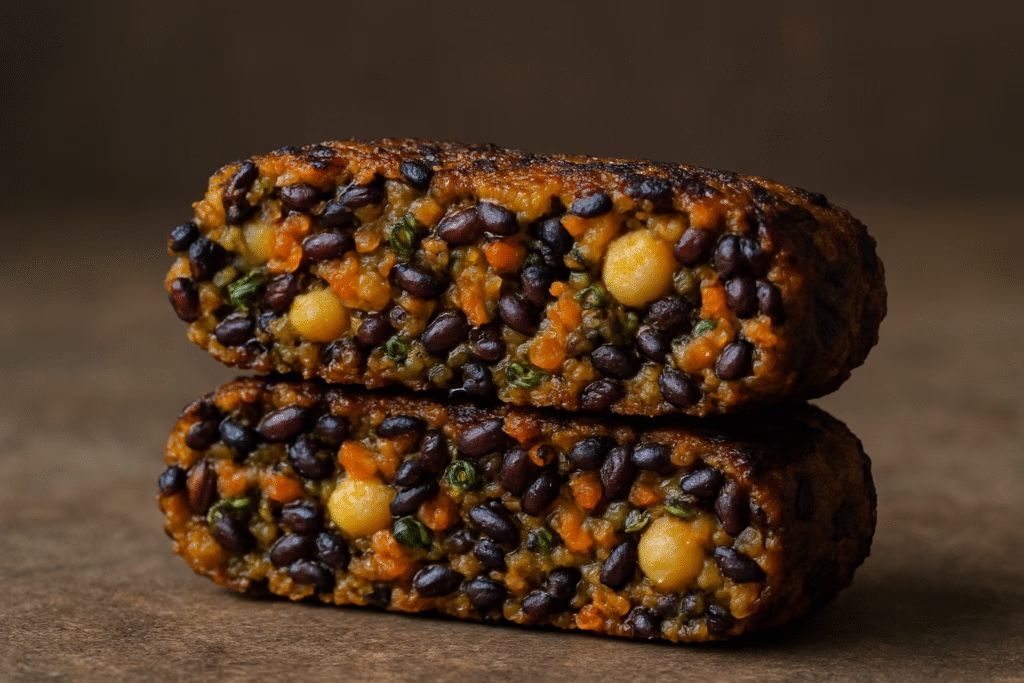
Healthy fats are essential for our bodies, providing crucial energy, supporting cell growth, and even helping to absorb key nutrients. If you’re looking to enhance your diet with good sources of fats that benefit your health, we’ve compiled a list of the top 10 sources you should definitely include in your meals. From avocados to nuts, these tasty options will keep you satisfied without derailing your wellness goals.
Avocado
Avocados are a fantastic source of healthy fats. They are creamy, delicious, and versatile. You can enjoy them in salads, on toast, or even in smoothies. The image shows a perfectly ripe avocado, cut in half to reveal its smooth, green flesh. The pit sits in the center, and a sprinkle of salt adds a touch of flavor.
These fruits are packed with monounsaturated fats, which are great for heart health. They help lower bad cholesterol levels and can reduce the risk of heart disease. Plus, avocados are rich in vitamins and minerals, making them a nutritious addition to any meal.
To enjoy avocados, try making guacamole or simply slice them onto your favorite sandwich. You can also blend them into a creamy dressing or dip. The possibilities are endless!
Salmon & Oily Fish

Salmon and other oily fish are fantastic sources of healthy fats that your body craves. These fish are rich in omega-3 fatty acids, which are known for their heart health benefits. Eating salmon can help reduce inflammation and improve overall cardiovascular health.
In the image, you can see beautifully grilled salmon fillets garnished with fresh herbs and lemon wedges. The vibrant color of the salmon highlights its freshness and quality. Alongside the salmon, there are mackerel and an assortment of colorful vegetables, showcasing a balanced meal.
Incorporating salmon into your diet is easy. You can grill, bake, or even enjoy it raw in sushi. Pair it with a side of vegetables for a nutritious meal. Remember, healthy fats are essential for brain function and overall well-being, making salmon a great choice for your plate.
Extra Virgin Olive Oil

Extra virgin olive oil is a staple in many kitchens, and for good reason. This golden liquid is packed with healthy fats that can benefit your body in numerous ways. The image shows a bottle of olive oil being poured into a small dish, highlighting its rich color and smooth texture.
When you choose extra virgin olive oil, you’re opting for a product that is minimally processed. This means it retains more nutrients and antioxidants compared to other oils. The healthy fats found in olive oil can help reduce inflammation and support heart health.
Using extra virgin olive oil in your meals is easy. Drizzle it over salads, use it for sautéing vegetables, or even dip your bread in it. Its flavor can enhance a variety of dishes, making it a versatile addition to your cooking.
Incorporating this oil into your diet is a simple way to enjoy the benefits of healthy fats. So next time you’re in the kitchen, reach for that bottle of extra virgin olive oil and enjoy its delicious taste and health perks!
Walnuts

Walnuts are not just tasty; they are packed with healthy fats that can benefit your body in many ways. These nuts are rich in omega-3 fatty acids, which are great for heart health. They also contain antioxidants that help fight inflammation.
The image shows a beautiful wooden bowl filled with walnuts. You can see both the whole nuts and some that have been shelled, revealing their soft, creamy interior. The natural look of the wood and the green leaves around the bowl add a fresh touch, making walnuts even more appealing.
Incorporating walnuts into your diet is easy. You can toss them into salads, blend them into smoothies, or enjoy them as a snack. They add a nice crunch and a rich flavor to any dish. Plus, they are a great source of protein, making them a perfect choice for those looking to maintain a balanced diet.
Chia Seeds & Flax Seeds

Chia seeds and flax seeds are tiny powerhouses packed with healthy fats. These seeds are not just trendy; they offer a range of benefits that can boost your health. Both are rich in omega-3 fatty acids, which are essential for heart health and brain function.
In the image, you can see a beautiful bowl filled with chia seeds and flax seeds, surrounded by vibrant berries and nuts. This colorful display highlights how easy it is to incorporate these seeds into your meals. You can sprinkle them on yogurt, blend them into smoothies, or even add them to baked goods.
Chia seeds are known for their ability to absorb liquid, forming a gel-like consistency. This makes them a fantastic addition to puddings and smoothies. Flax seeds, on the other hand, need to be ground for your body to absorb their nutrients effectively. Both seeds are versatile and can enhance your dishes while providing those healthy fats your body craves.
Healthy Fats in Almonds & Cashews

Almonds and cashews are not just tasty snacks; they are packed with healthy fats that your body loves. These nuts are rich in monounsaturated fats, which can help lower bad cholesterol levels. A handful of almonds or cashews can give you a satisfying crunch while providing essential nutrients.
Almonds are known for their high vitamin E content, which is great for skin health. They also contain magnesium, which supports muscle and nerve function. On the other hand, cashews are creamy and delicious, offering a good source of zinc and iron. Together, they make a perfect duo for snacking or adding to your meals.
Incorporating these nuts into your diet is easy. Toss them into salads, blend them into smoothies, or simply enjoy them on their own. They can also be used in various recipes, from nut butter to baked goods. So, next time you’re looking for a healthy fat option, reach for almonds and cashews!
Healthy Fats in Olives

Olives are not just tasty snacks; they are packed with healthy fats that can benefit your diet. These small fruits come in various colors, like green, black, and purple, each offering unique flavors and nutrients.
The image shows a beautiful bowl of olives, surrounded by fresh rosemary. This presentation highlights how olives can be a delightful addition to any meal. Whether you enjoy them on their own, in salads, or as part of a Mediterranean dish, they bring a burst of flavor.
Rich in monounsaturated fats, olives can help reduce bad cholesterol levels. They also contain antioxidants, which are great for overall health. Adding olives to your meals can enhance taste while supporting your heart.
Next time you’re looking for a healthy snack or a way to spice up your dishes, consider olives. They are versatile and easy to incorporate into your daily routine.
Eggs

Eggs are a fantastic source of healthy fats that can boost your diet. They come in various forms, from boiled to scrambled, and are packed with nutrients. The image shows a delightful arrangement of eggs, showcasing their versatility. You can see a soft-boiled egg with a golden yolk, ready to be enjoyed.
Eggs are not just tasty; they are also rich in omega-3 fatty acids, especially if you choose pasture-raised or omega-3 enriched varieties. These healthy fats support heart health and brain function. Plus, eggs are a complete protein, making them a great addition to any meal.
Whether you enjoy them for breakfast, lunch, or dinner, eggs can be prepared in countless ways. Try them in an omelet with some veggies or as a topping on a salad. The possibilities are endless, and they fit perfectly into a healthy eating plan.
Healthy Fats in Soybeans / Edamame

Soybeans, often enjoyed as edamame, are a fantastic source of healthy fats. These little green pods are not just tasty; they pack a nutritional punch. Edamame is rich in omega-3 and omega-6 fatty acids, which are essential for heart health and overall well-being.
These legumes are also high in protein, making them a great snack or addition to meals. You can enjoy them steamed and sprinkled with a bit of salt for a simple treat. Toss them into salads, stir-fries, or even pasta dishes to boost the nutritional value.
Incorporating edamame into your diet is easy. You can find them in the frozen section of most grocery stores. Just steam or boil them for a few minutes, and they’re ready to eat. They’re not only delicious but also a fun way to add healthy fats to your meals.
Healthy Fats in Dark Chocolate (70%+ Cacao)

Dark chocolate, especially varieties with 70% or more cacao, is a delightful source of healthy fats. It’s rich in antioxidants and can be a great addition to your diet. The image shows a tempting bar of dark chocolate, surrounded by nuts and cacao nibs, highlighting its rich texture and flavor.
This type of chocolate contains healthy fats that can support heart health. The cacao in dark chocolate is packed with flavonoids, which are known to improve blood flow and lower blood pressure. Enjoying a small piece can satisfy your sweet tooth while providing nutritional benefits.
When choosing dark chocolate, look for bars that list cacao content prominently. The higher the percentage, the more beneficial compounds it contains. Pair it with nuts for an extra boost of healthy fats and protein. It’s a simple way to enjoy a treat that’s both delicious and good for you!
Frequently Asked Questions (FAQs)
Q: Are all sources of fat considered “healthy fats,” and what makes the fats in these top 10 sources beneficial?
A: No, not all fats are considered healthy; saturated and trans fats should be consumed in moderation. The fats in these top 10 sources (like avocado, salmon, and olive oil) are primarily monounsaturated and polyunsaturated fats (including Omega-3s). These types of healthy fats are beneficial because they help lower bad cholesterol (LDL), support heart and brain health, reduce inflammation, and aid in the absorption of fat-soluble vitamins.
Q: How can I easily incorporate nuts and seeds like walnuts, chia seeds, and almonds into my daily diet?
A: Nuts and seeds are very versatile and easy to add to meals! You can sprinkle them over oatmeal, yogurt, or salads for crunch; blend them into smoothies; use them in baking; or simply enjoy a small handful as a quick, satisfying snack. For flax seeds, ensure they are ground for optimal nutrient absorption.
References
- Healthline – 7 Potential Health Benefits of Avocado
- ClevelandClinic – 7 Reasons Why Olives Are Healthy for You
- Harvard Health – Chia seed benefits: What you need to know
Recent Post
